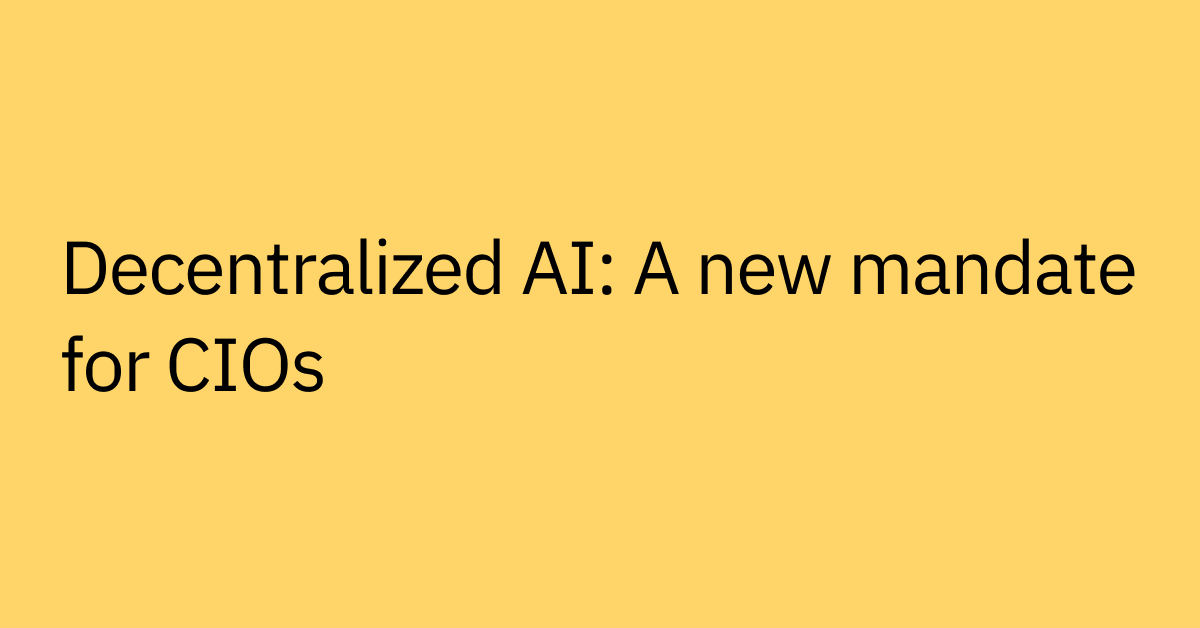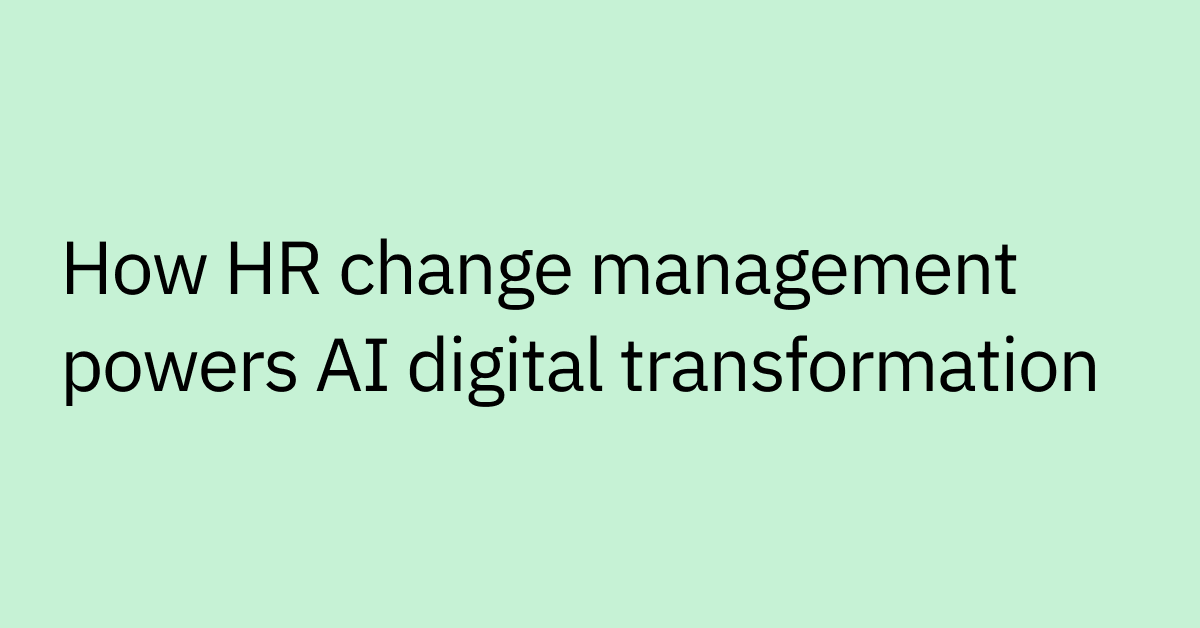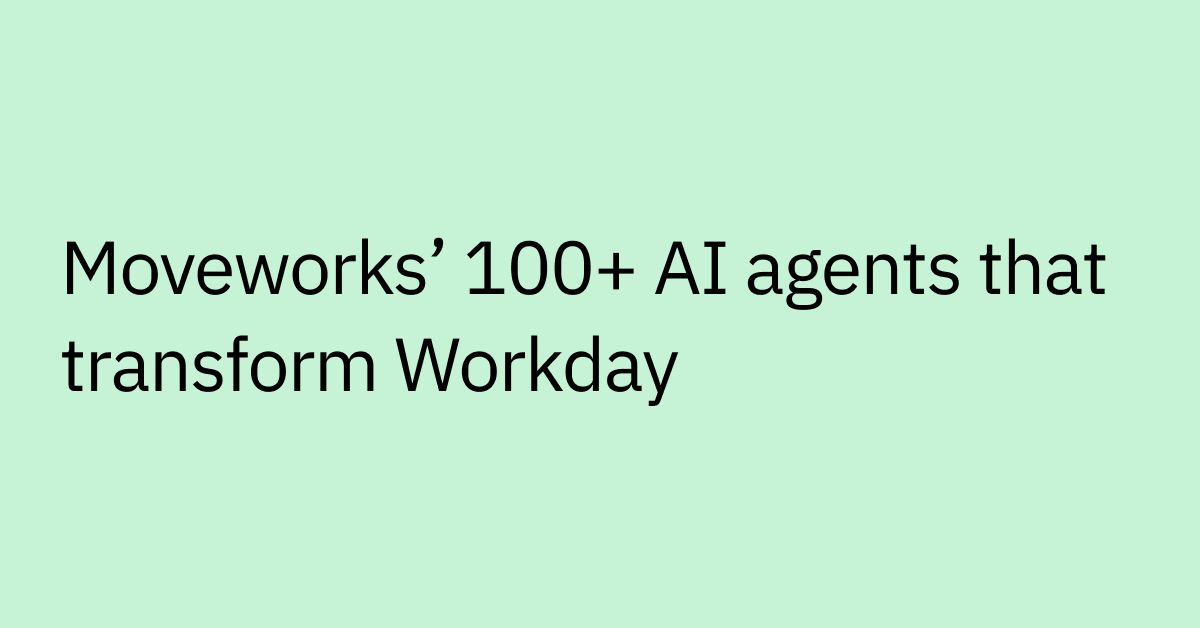Table of contents
We live in a world of tailor-made technology. Yelp uses our location to recommend a hole-in-the-wall sushi place right down the block. Spotify learns our unique preferences to design the perfect workout playlist. Everything is personalized. In fact, in many cases, customized tech is no longer just a luxury: we need personalization to sort through our endless choices.
But when it comes to getting help at work, such personalization is nowhere to be found — forcing service desk agents to manually dig up employees’ information to address each new IT issue. The problem is simple: there’s way too much information for these agents to remember. With every employee relying on a constantly changing array of SaaS applications, email groups, and passwords, it would take a superhuman IT team to keep up.
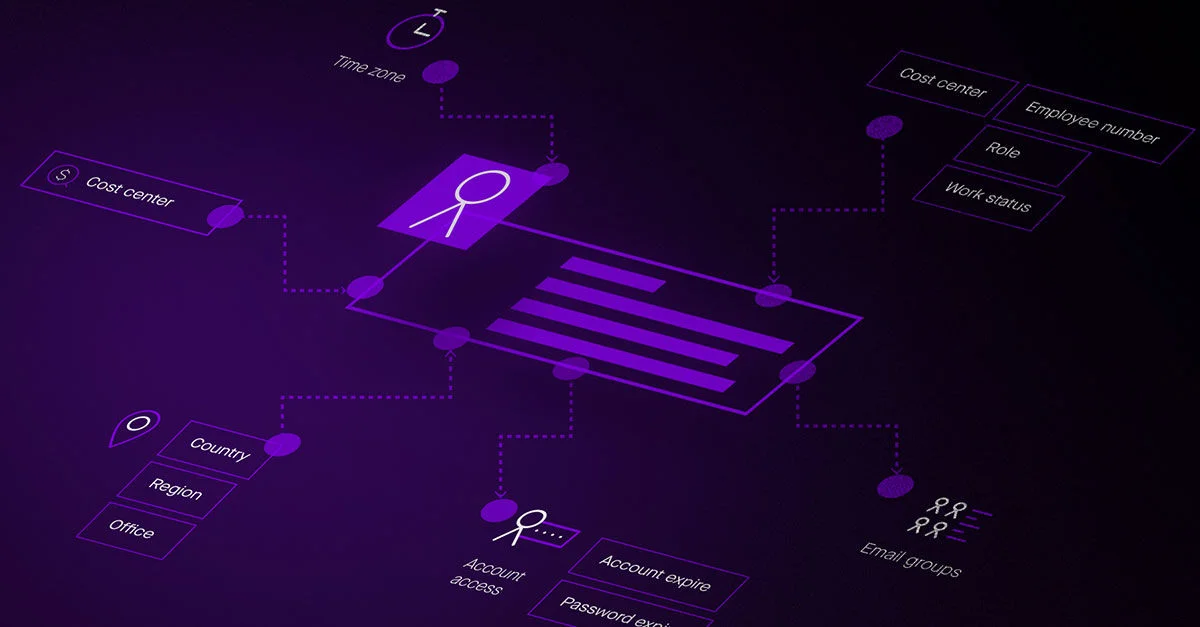 personalized-it-help-comprehensive-understanding-of-every-employee
personalized-it-help-comprehensive-understanding-of-every-employee
At Moveworks, we’ve tackled this simple problem with a solution that took our engineers years to perfect: an enterprise identity map. Our identity system automatically creates and maintains a comprehensive map for each of our customers’ employees — without any effort involved from the service desk. Using those maps, the Moveworks bot can then resolve IT issues in seconds, informed by deep, user-specific knowledge about the issue at hand.
In this blog, we’ll explore:
- What it takes to build an enterprise identity system
- How unique identity maps allow Moveworks to deliver personalized support
- Why service desks depend on personalization to manage complex IT environments
What is an enterprise identity system?
At its core, our identity system answers the question, “How can we use information about employees to solve their IT issues?”
Tech support relies on harnessing contextual information from many sources to fix employee issues. Something as simple as answering a question about company policy often requires extensive background knowledge of the employee, including her location, department, seniority, role, and more. And to address the full scope of all IT issues, we need a 360-degree view of every player in the company.
For Moveworks, that 360-degree view takes the form of a user-specific enterprise identity map that brings together everything from the email addresses stored in Active Directory to the support histories tracked by ServiceNow. Because not even a dedicated team of IT professionals can document all this information, we knew we needed to take a different approach.
That’s why Moveworks spent a significant amount of time and effort to develop our identity system, which consolidates relevant data to create an identity map automatically. We gather disparate information from across a company’s backend IT systems, from Okta to Active Directory to ServiceNow. Each of these systems has access to important user information, but none of them have a complete profile. With our automated approach, every time something changes within these siloed systems, Moveworks updates the employee’s single, centralized map — turning data into actionable intelligence.
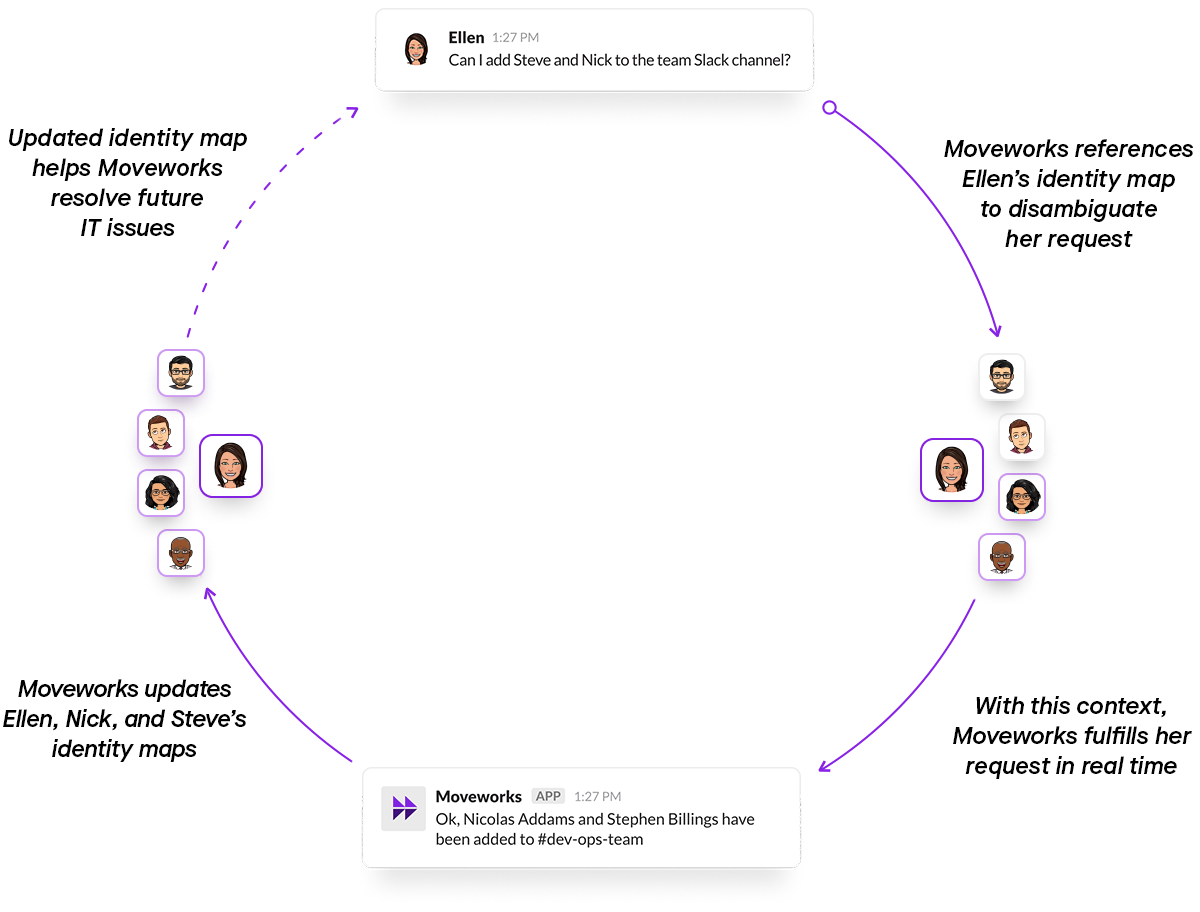 Figure 2: Continuously updating employee identity maps creates a virtuous cycle, allowing Moveworks to deliver personalized IT support.
Figure 2: Continuously updating employee identity maps creates a virtuous cycle, allowing Moveworks to deliver personalized IT support.
While service desk agents are experts at synthesizing lots of contextual information to resolve IT issues, each new issue forces them to spend minutes, or even hours, tracking down that information. Moveworks’ identity system mirrors this intuition to help employees — but with the advantage of instant access to their identity maps. Of course, this is easier said than done. Upkeep on this identity system means updating millions of names, roles, email groups, locations, and titles. Since all these data points are constantly changing, we need to regularly update these profiles throughout the day.
Consider Figure 2, in which Ellen asks to add Nick and Steve to a Slack channel. An IT agent would ask Ellen several follow-up questions to disambiguate the request: which Nick; which Steve; which channel? But Moveworks’ core automation platform, supported by our identity system, can add Nicolas Addams and Stephen Billings to the #dev-ops Slack channel. Service Desks get this type of frustrating and time-consuming employee request daily, and an intelligent identity system takes this tedious work off of their hands.
Customizing tech support with enterprise identity maps
It goes without saying that many companies are looking for automation tools. Service desks try to automatically solve as many IT issues as possible, recognizing that a manual approach is frustrating and time-consuming. Logically, many IT teams have implemented solutions to troubleshoot issues with employees. Yet, the majority of these solutions rely on preprogrammed conversations: a user mentions a topic which then triggers a fixed response.
While these approaches lack personalization, we here at Moveworks are uniquely positioned to deliver the right answers to the right people by combining conversational AI with a deep understanding of identity. Service desks already have the backend information they need to automate IT — the challenge is that the effort involved in mapping this information to each employee request is formidable.
Every action Moveworks takes is informed by our enterprise identity system. By aggregating data points from across all of these enterprise systems, this identity system ensures individual employees get answers based on the most up-to-date information about themselves and their broader IT environment.
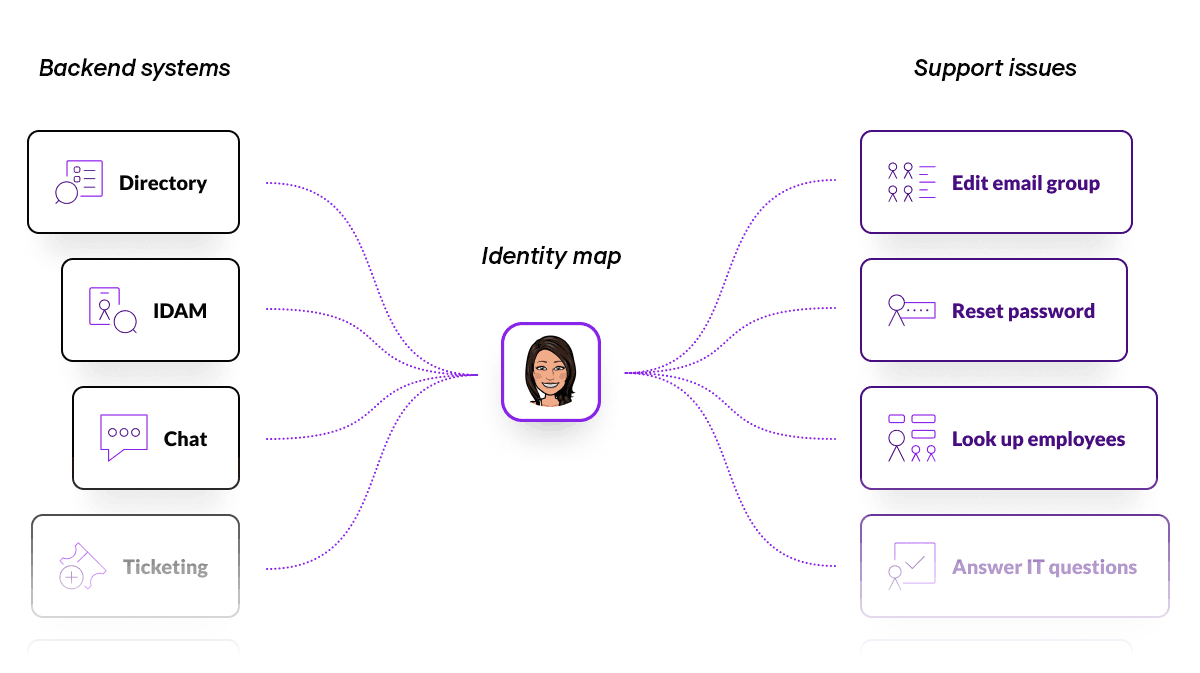 Figure 3: To deliver personalized IT support, Moveworks combines user information from across the IT tech stack.
Figure 3: To deliver personalized IT support, Moveworks combines user information from across the IT tech stack.
Let’s take a look at our identity system in action:
Sending the right reminders
The simplest example of how much information service desks have to manage is authentication. For a company with tens of thousands of employees — each with dozens of passwords — the easiest solution is to send everyone a blanket reminder to update their credentials. But people tend to ignore information irrelevant to them.
With our identity map, it’s possible to send timely and contextual reminders. Looking at timezone and password expiration dates, Moveworks knows when is the best day and time to ping employees to change their passwords, avoiding lockouts and future IT issues. The key to delivering information in a way that inspires action is to tailor that information specific to an individual.
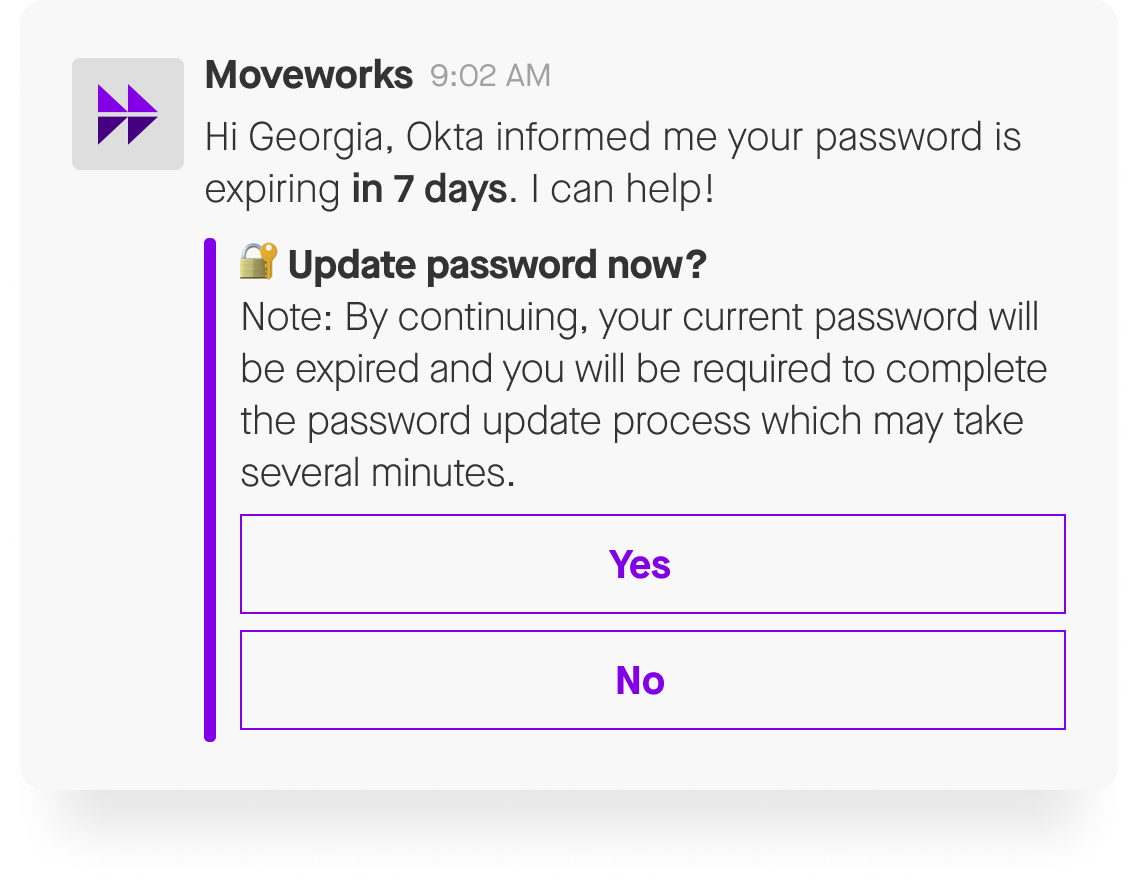 Figure 4: An identity system makes it easy to be proactive when it comes to expiring credentials.
Figure 4: An identity system makes it easy to be proactive when it comes to expiring credentials.
Identifying the right people
Chances are you know a lot of people named Chris. When an employee asks to add Chris to an email group or needs to look up her phone number, service desks have their work cut out for them to determine which Chris is the right one. But with an identity system, it’s possible to immediately understand why Andrea, an accountant, is looking for information on Christine, a financial analyst, and not Christopher, an engineer.
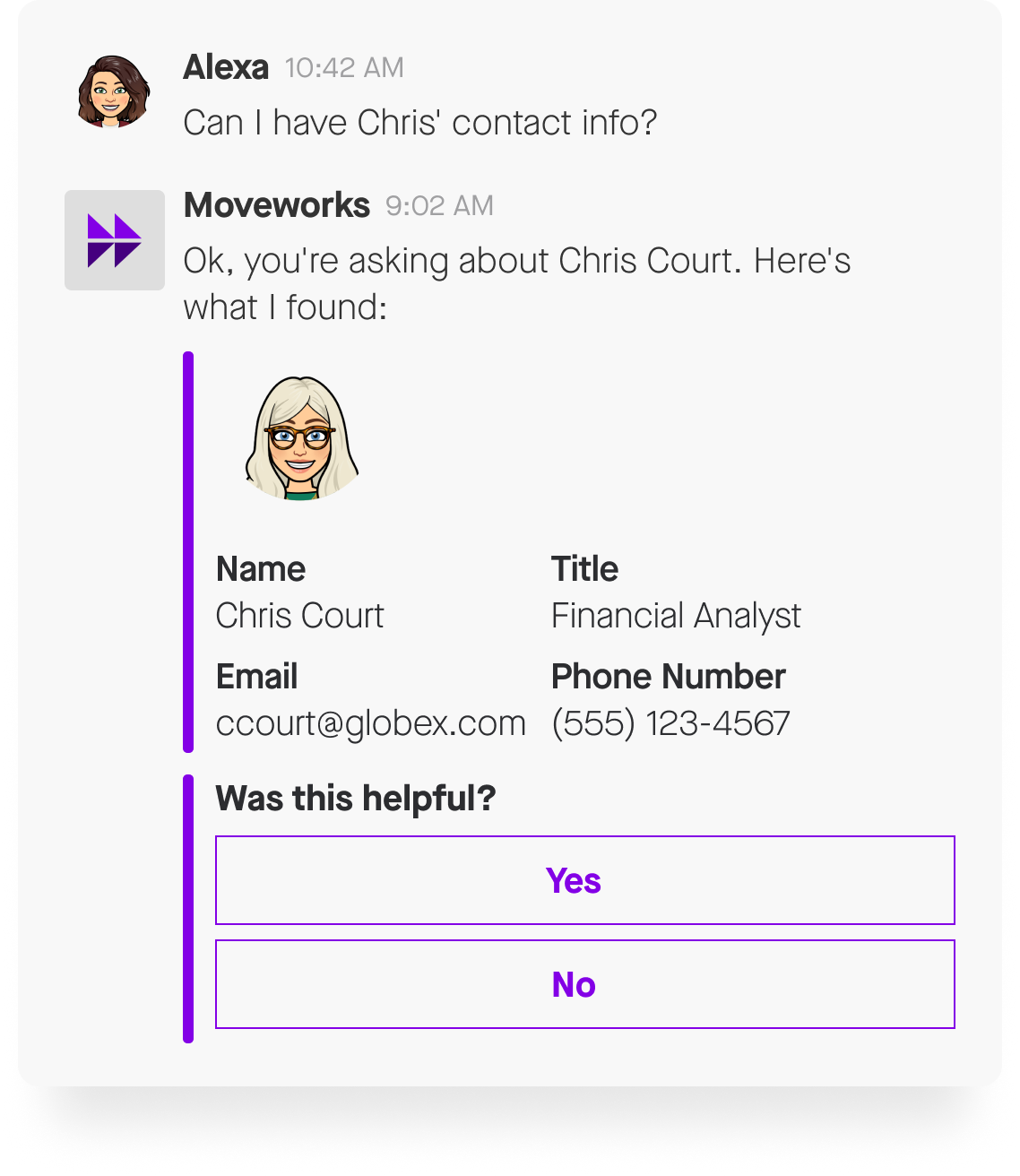 Figure 5: Identity maps help disambiguate contacts with the same or similar names.
Figure 5: Identity maps help disambiguate contacts with the same or similar names.
Determining the right resources
Deeply integrating identity into IT automation means that information is always up to date. By incorporating information from Active Directory, for example, our system knows whether an employee has access to a software license. So, when a newly hired employee asks for access to Tableau, the system can either automatically provision it or, alternatively, the system can nudge that employee’s manager to approve the application manually, depending on that employee’s permissions.
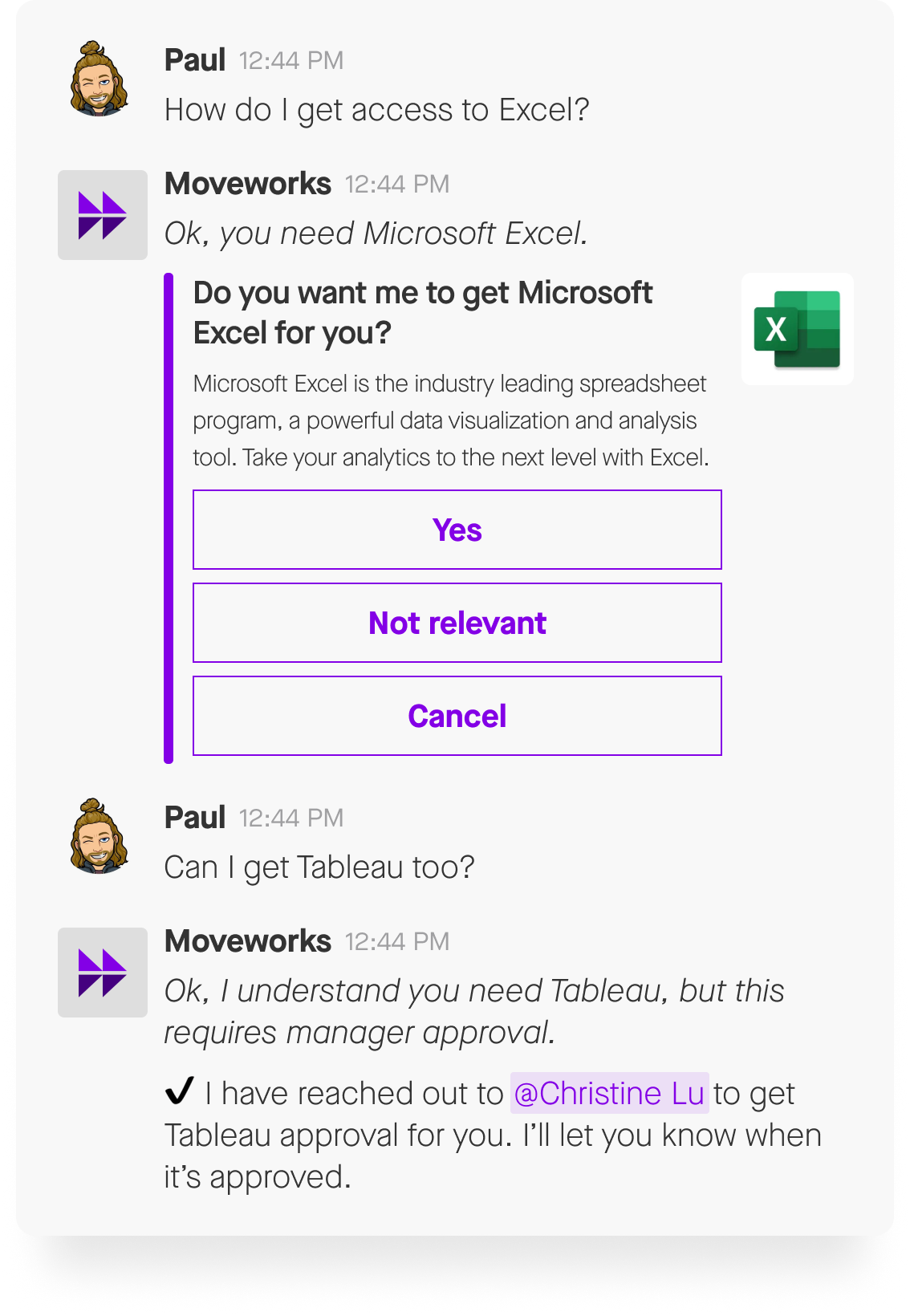 Figure 6: Considering an employee’s security permissions allows Moveworks to securely provide resources like software, without involving the service desk.
Figure 6: Considering an employee’s security permissions allows Moveworks to securely provide resources like software, without involving the service desk.
Providing the right answers
When it comes to questions on company policy — travel guidelines, for example — the right answer depends on an employee’s location. Using our identity map, we know exactly where employees are located, so we can offer a highly personalized, specific answer.
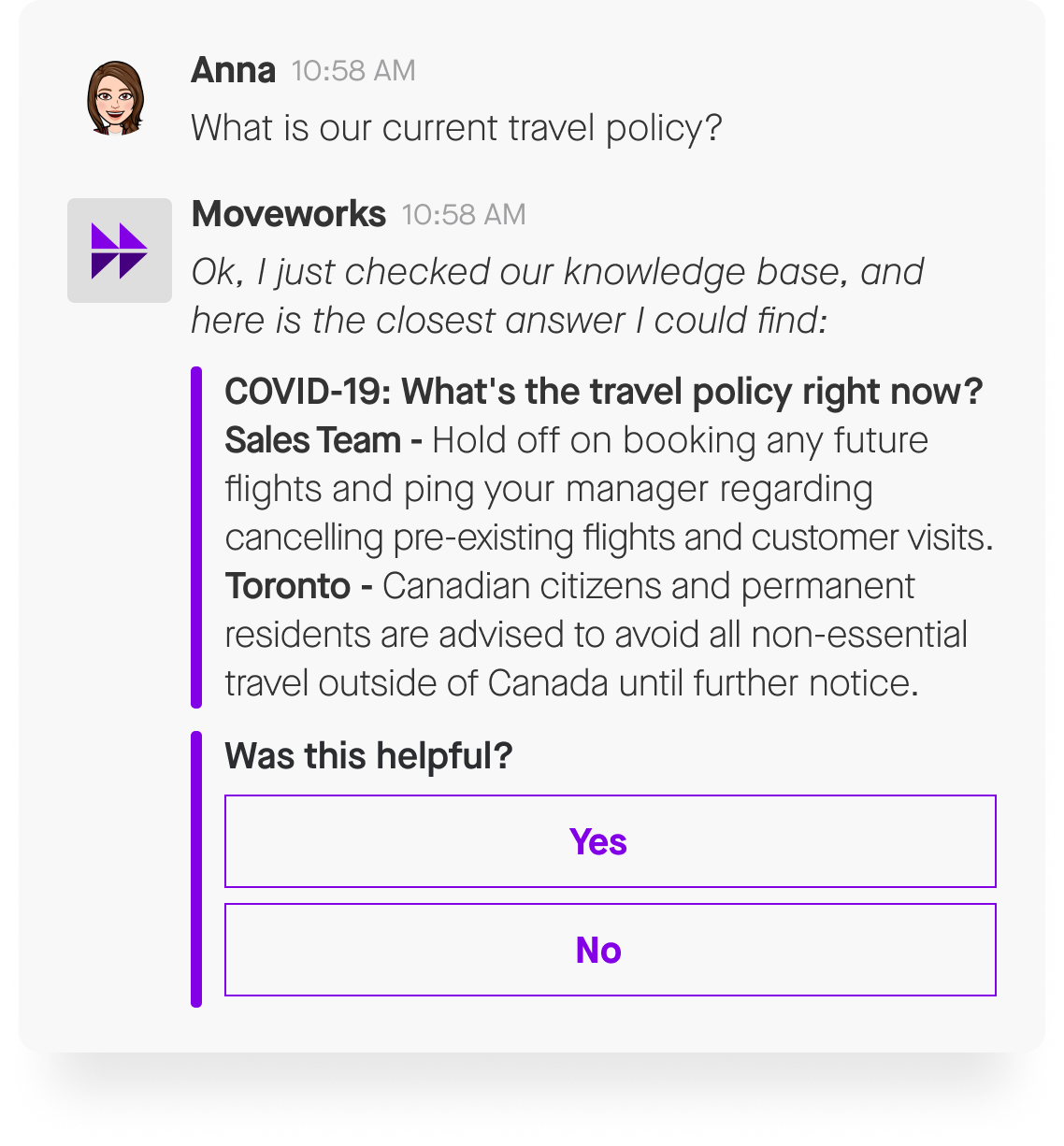 Figure 7: Keeping track of an employee’s location, department, and other information, a chatbot can surface information relevant to a specific employee.
Figure 7: Keeping track of an employee’s location, department, and other information, a chatbot can surface information relevant to a specific employee.
The necessity of personalized support
Personalization is the only way that an employee can make sense of all the information, tools, and systems at their disposal. Remembering the details of every little update is impossible, but with the information contained in an enterprise identity map, relevant and actionable IT support is only a question away.
Even the most capable IT team can find it difficult to surface the best IT answer. It takes so much time and effort to sift through dozens of disconnected backend systems. Personalization is the missing link between employees and automation. With a contextual, 360-degree identity map, employees get their IT issues resolved immediately. And the service desk has the time to improve their IT environment — knowing that every improvement will automatically be incorporated into the identity system.
Contact Moveworks to learn how AI can supercharge your workforce productivity.

